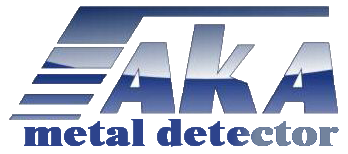|
|
Departement of export
|
Three frequency
Three-frequency AKAcoils
A metal detector equipped with this coil can operate at any of three frequencies: 3, 6.5 or 14 kHz. This type of detector is equipped with a built-in switch, which allows the user to change the sensitivity and depth of soil scanning at will, without changing the coil. What does the “three in one” format give? Firstly, it is economical, since such a coil consumes one third less energy than any single-frequency detector. Secondly, the stability of the operation of the device at any ambient temperature. Here, there is a higher sensitivity at each frequency in comparison with similar single-frequency counterparts, as well as the absence of response to “phantoms” in contact with vegetation. We should also say about the weight of such a coil: the manufacturer managed to keep it the same as any other single-frequency detector.
Due to the variability of frequency selection, the owner of the metal detector will be able to optimally configure the device depending on the littering of the area, the mineral composition of the soil, the relief and the potential depth of the targets. The designations on the switch mounted on the 3-frequency AKA coil correspond to the following indicators:
• L(Low) - 3 kHz,
• M (Medium) - 6,5 kHz,
• H (High) - 14 kHz.
The downsides is that the device still has to restart after switching the frequency.
